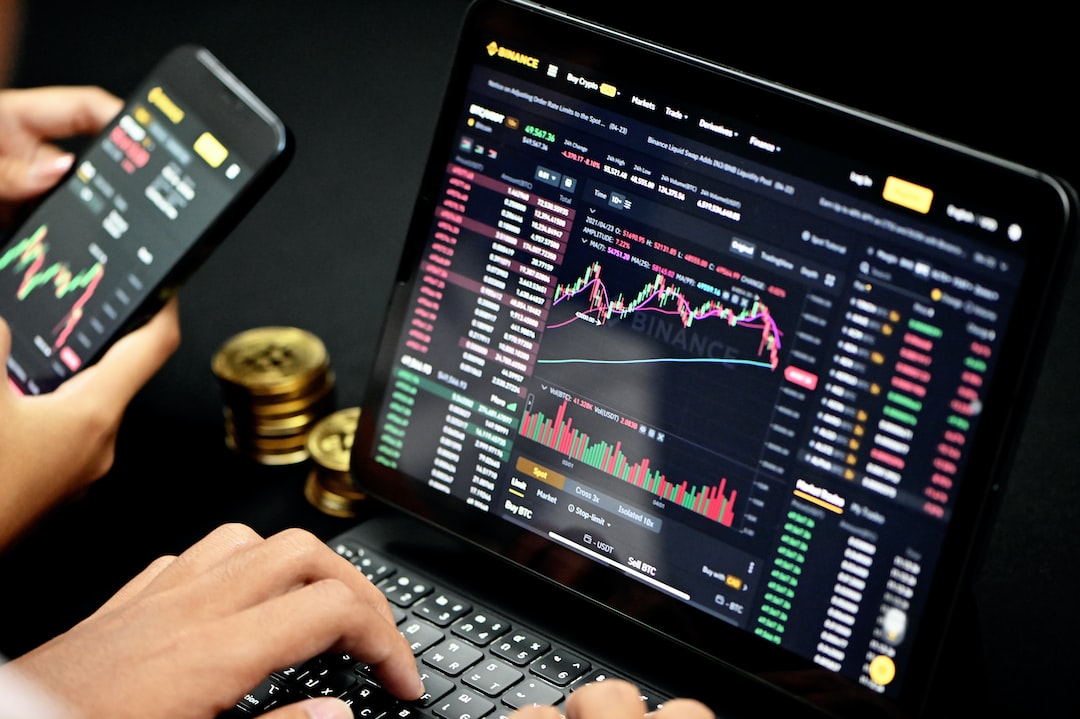How to Start Trading Forex: A Beginner’s Guide
Forex, short for foreign exchange, refers to the global marketplace where currencies are traded. It is the largest financial market in the world, with daily trading volumes exceeding $6 trillion. Trading forex offers potential opportunities for profit, but it also comes with risks. This beginner’s guide aims to provide a comprehensive overview of forex trading and the essential steps to get started.
1. Understand the Basics:
Before diving into forex trading, it is crucial to grasp the fundamental concepts. Forex trading involves buying one currency and selling another simultaneously. Currency pairs are the building blocks of forex trading, such as EUR/USD (Euro/US Dollar) or GBP/JPY (British Pound/Japanese Yen). The first currency in the pair is called the base currency, while the second one is the quote currency. The exchange rate indicates how much of the quote currency is needed to buy one unit of the base currency.
2. Educate Yourself:
To succeed in forex trading, one must invest time in education. Numerous educational resources are available online, including articles, tutorials, and videos. Beginners should focus on understanding technical analysis, fundamental analysis, and risk management. Technical analysis involves studying price charts and using indicators to predict future price movements. Fundamental analysis involves analyzing economic factors, such as interest rates, GDP growth, and geopolitical events, to anticipate currency movements. Risk management strategies help traders minimize potential losses and protect their capital.
3. Choose a Reliable Broker:
Selecting a reputable forex broker is crucial for a smooth trading experience. Brokers act as intermediaries, providing access to the forex market and offering trading platforms. When choosing a broker, consider factors such as regulation, trading fees, available markets, customer support, and user-friendly platforms. Look for brokers regulated by reputable financial authorities, as they ensure fair trading practices and protect clients’ funds.
4. Open a Trading Account:
Once a suitable broker is selected, the next step is to open a trading account. Most brokers offer different types of accounts, catering to traders with varying levels of experience and capital. Beginners are generally advised to start with a demo account, which allows them to practice trading with virtual money in a risk-free environment. Demo accounts provide an opportunity to familiarize oneself with the trading platform, test various strategies, and gain confidence before trading with real money.
5. Develop a Trading Plan:
A trading plan is a set of rules and guidelines that outline a trader’s approach to the market. It should include entry and exit strategies, risk management rules, and specific criteria for trade selection. A well-defined trading plan helps traders stay disciplined and avoid impulsive decisions based on emotions. It is essential to stick to the plan and not deviate from it during live trading.
6. Start Small and Manage Risk:
When transitioning from a demo account to a live account, it is advisable to start with a small amount of capital. This approach allows beginners to gain real trading experience while minimizing potential losses. Risk management is crucial in forex trading. Traders should determine the maximum amount they are willing to risk on each trade and set stop-loss orders to limit potential losses. It is recommended to risk only a small percentage of the trading capital per trade, typically 1-2%.
7. Practice Patience and Continual Learning:
Forex trading is not a get-rich-quick scheme. It requires patience, perseverance, and continuous learning. It is essential to keep up with the latest market news, economic events, and changes in the forex landscape. Traders should constantly refine their strategies, adapt to market conditions, and learn from both successful and unsuccessful trades.
8. Utilize Risk Management Tools:
To enhance risk management, traders can utilize various tools and features offered by brokers. These may include guaranteed stop-loss orders, which ensure that a trade is automatically closed at a predetermined price level to limit potential losses. Trailing stop orders can also be used to lock in profits as the market moves in favor of the trade. Additionally, some brokers offer negative balance protection, ensuring that traders cannot lose more than their account balance.
In conclusion, forex trading can be a profitable venture for beginners, but it requires dedication, education, and disciplined execution. By understanding the basics, choosing a reliable broker, developing a trading plan, managing risk, and continuously learning, beginners can embark on their forex trading journey with confidence. Remember to start small, stay patient, and always prioritize risk management.





